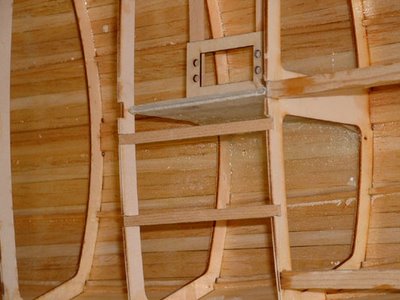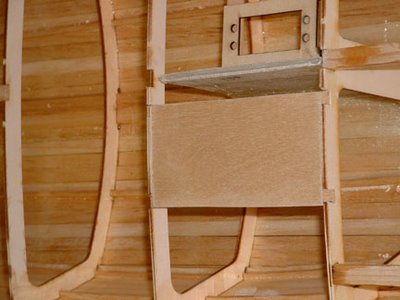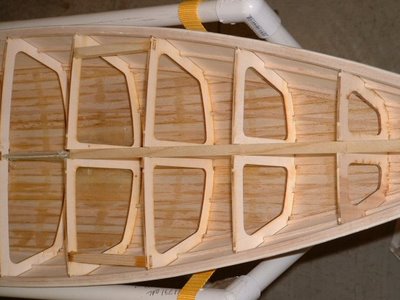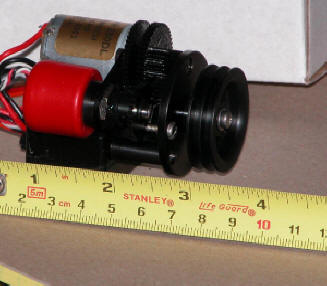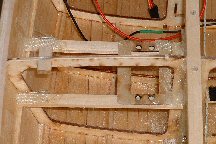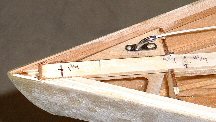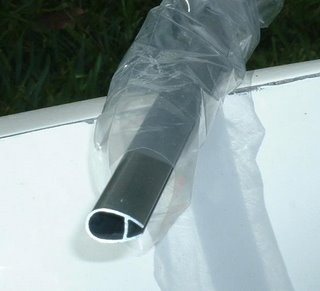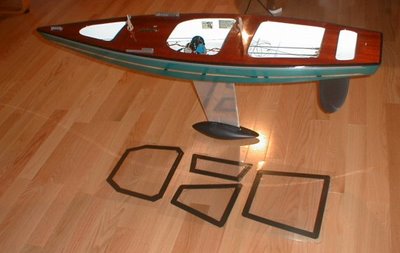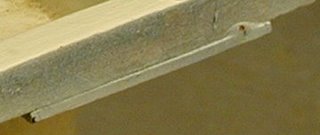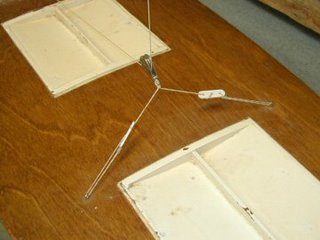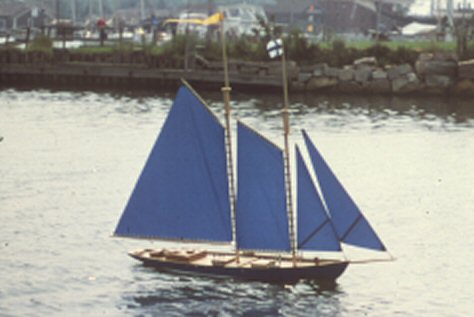The following lists of museums cover different parts of the world and vary in the amount of information provided about each museum.
* World-wide museums - this list by Lars Bruzelius is organized by continent, then alphabetically by country, state or province (in the US and Canada), then by city.
* Robert H. Smith's Master Index to North American Maritime Museum Internet Resource provides an excellent guide to maritime museum internet sites. The museums are organized alphabetically by name, however, so finding museums in the places you're headed can take a while.
* Fishery Museums is a nice description of various Scottish and English museums highlighting fisheries. The page is part of Fish Tales, dedicated to fishing in the Faroe Islands.
* Greek maritime museums are listed here, with photographs and information in English about many 'nautical museums' in Greece.
Many maritime museums have established sites on the Internet, and many others are in the process of doing so. Those which already have sites include the following:
* Mystic Seaport, the "Museum of America and the Sea," in Mystic, Connecticut. This is a wonderful museum; anyone with half an interest in maritime history should spend a day or two every year visiting the museum.
* Britain's National Maritime Museum is truly one of the world's great maritime museums, and every exhibit they present is fascinating. When visiting the museum, I suggest taking the Docklands Light Rail to the Greenwich stop and walking through the tunnel under the Thames, then taking a boat on the Thames back to the Houses of Parliament, or vice versa.
* The San Francisco Maritime National Historical Park is an interesting museum by the Bay. For some reason there's no links from this page to the Park's other pages, such as one describing the Museum Collection Profile. The inaccurately named National Maritime Museum Association supports the SFMNHP, and has created another home page for the San Francisco park.
* The San Diego Maritime Museum, home of the Star of India, has a nice web site.
* The Maritime Museum of the Pacific is currently under construction in Kailua-Kona, Hawaii.
* The Santa Barbara Maritime Museum plans to open in the summer of 1999, but its virtual version is already open here.
* The Kendall Whaling Museum in Sharon, Massachusetts, has a nice home page, with a variety of sources and bibliographies on whaling.
* The Mariners' Museum in Newport News, Virginia. The Mariners' Museum has one of the best maritime research libraries in the country.
* South Street Seaport Museum in New York City now has a web site; the museum is home to the massive Peking.
* The Maritime Arts and History Collection is one of the strongest parts of The Peabody Essex Museum in Salem, Massachusetts.
* The Texas Seaport Museum, in Galveston, Texas, keeps Elissa afloat and sailing.
* The United States Naval and Shipbuilding Museum in Quincy, Massachusetts, is home of USS Salem (CA 139), the world's only preserved heavy cruiser.
* The Penobscot Marine Museum in Searsport, Maine, has a very nice and informative site.
* The Center for Wooden Boats in Seattle, Washington, is a great resource for wooden boat builders and afficionados.
* The Elisha Kent Kane Historical Society in New York City strives to be a clearinghouse for information on Arctic exploration.
* The Nantucket Lifesaving Museum on Nantucket Island, Massachussets, off Cape Cod, is another lifesaving museum, with a number of valuable artifacts.
* North Carolina Maritime Museum (NCMM) in Beaufort, North Carolina, is a remarkable museum in a beautiful and historic small town.
* Southport Maritime Museum, in Southport, NC.
* The Catalina Island Museum on Catalina Island, off Los Angeles.
* The Hart Nautical Collections at the MIT Museum in Cambridge, Massachusetts, focus on "the technical history of New England ship and small craft design and construction from the 19th through mid 20th centuries."
* The Steamer William G. Mather Museum Homepage includes information on this 1925 Great Lakes Bulk freighter, plus links to the Association for Great Lakes Maritime History, based in Bowling Green, Ohio.
* Nauticus, the National Maritime Center, in Norfolk, Virginia, has returned to the Web in a graphic-intensive, slow-loading version.
* The Texas Marine Department, Confederate States Navy, have information about the Confederate States Navy, including a nice discussion about the ships of the Confederate States Navy.
* Chesapeake Bay Museum in St. Michaels, Maryland.
* Long Island Maritime Museum in West Sayville, New York.
* The Connecticut River Museum, in Essex, Connecticut.
* Apalachicola Maritime Museum, in Apalachicola, Florida.
* Maritime Museum of the Atlantic and the Fisherman's Life Museum are both members of the Nova Scotia Museum and are located in Nova Scotia.
* The Yarmouth County Museum & Archives, located in Yarmouth, Nova Scotia, explores Yarmouth's past, particularly its shipping industry. A nonframes version is also available.
* Fisheries Museum of the Atlantic, in Lunenburg, Nova Scotia, is also a member of the Nova Scotia Museum group. This is another fascinating museum in a great small town.
* Maritime Museum of British Columbia in Victoria, British Columbia.
* The Marine Museum of the Great Lakes in Kingston, Ontario.
* The Naval Museum of Alberta in Calgary, Alberta.
* The Mary Rose Virtual Maritime Museum describes Henry VIII's warship Mary Rose, lost in 1545 and raised in 1982. This is a remarkable web site.
* The Merseyside Maritime Museum in Liverpool, England, highlights the dramatic role played by Liverpool's revolutionary dock system in the city's development as a major trading site.
* The Royal Greenwich Observatory is not strictly a maritime history museum, but nevertheless has fascinating exhibits which focus on the importance of timekeeping and accurate observation to mariners. And, of course, it's just up the hill from Britain's National Maritime Museum. Greenwich 2000 promotes the area, and has some interesting travel and tourist information.
* The Exeter Maritime Museum, in Exeter, England.
* The Maritime Museum (Sheepvaart museum), of Amsterdam.
* The Vasa Museum, in Stockholm, presents the recovered remains of the 1628 royal warship Vasa, which sank on its maiden voyage and was discovered in 1956.
* The Hellenic Maritime Museum, in Piraeus, Greece.
* Western Australia Maritime Museum in Fremantle, Australia. Access to this site varies. Keep trying.
* The Sydney Heritage Fleet is Sydney's oldest maritime museum.
* The Windermere Steamboat Museum in England's Lake District clearly ranks, in my opinion, among the best maritime museums in the world. After some time without a web page, the museum now has several: here's a page about the museum sponsored by TARS, The Arthur Ransome Society.
* The Navy Museum, in Brest, France.
This collection of pages was created by Peter McCracken, mccrp@ils.unc.edu.
This document was last modified 20 April 1999.
Vessel images and definitions on the pages within are provided through the courtesy of
American Sail Training Association
P.O. Box 1459, Newport, Rhode Island, 02840.
Telephone/fax: (401) 846-1775; email: asta@sailtraining.org


